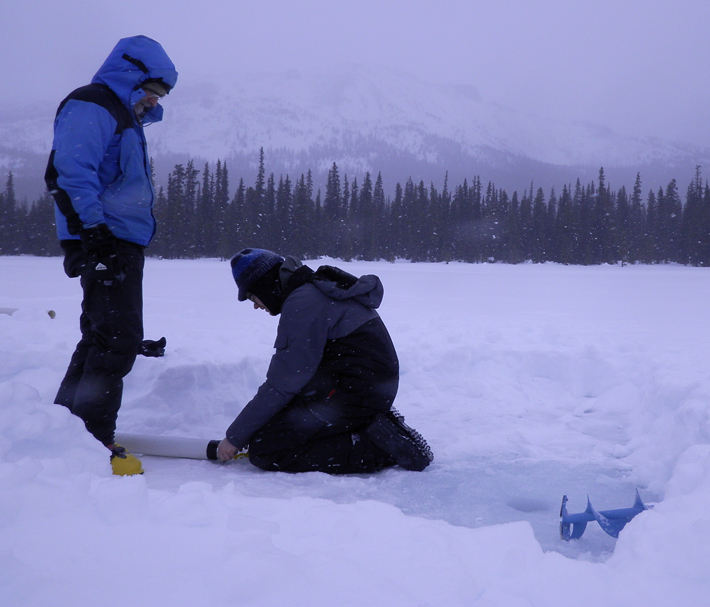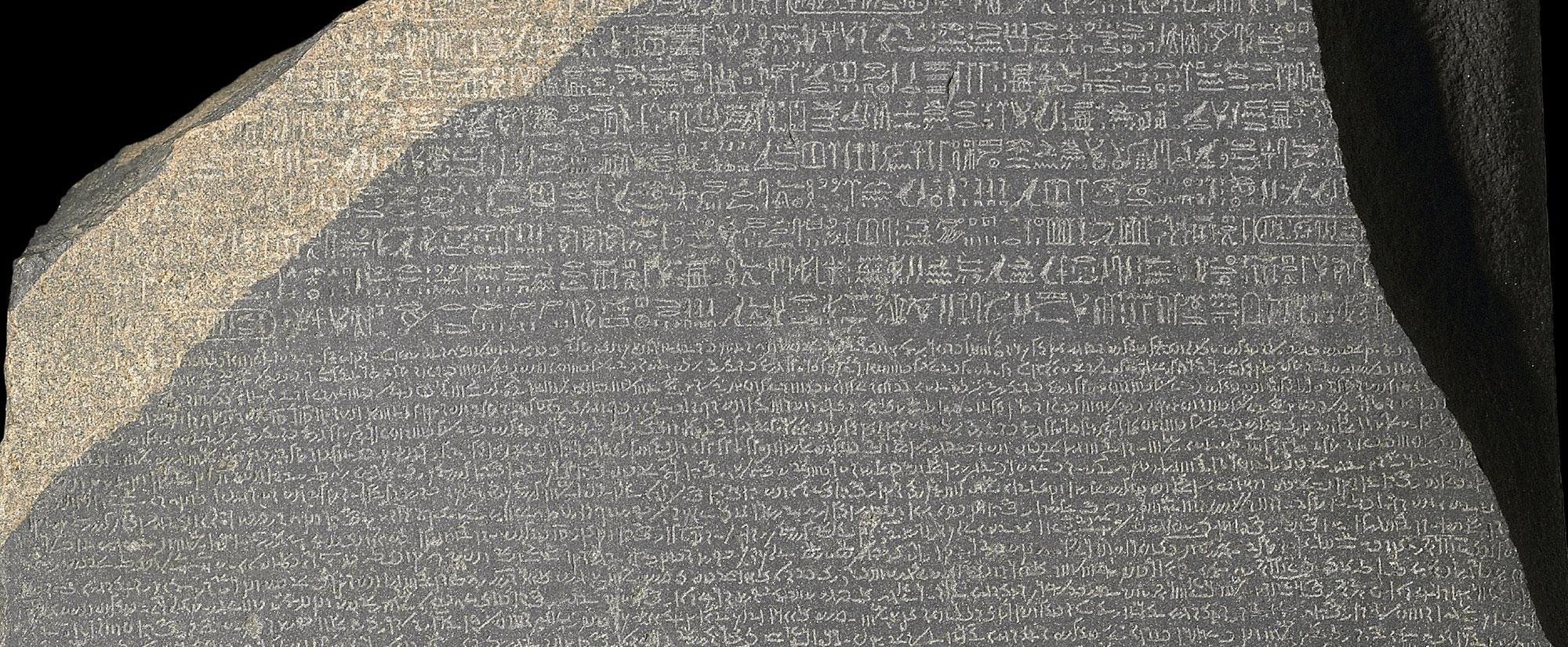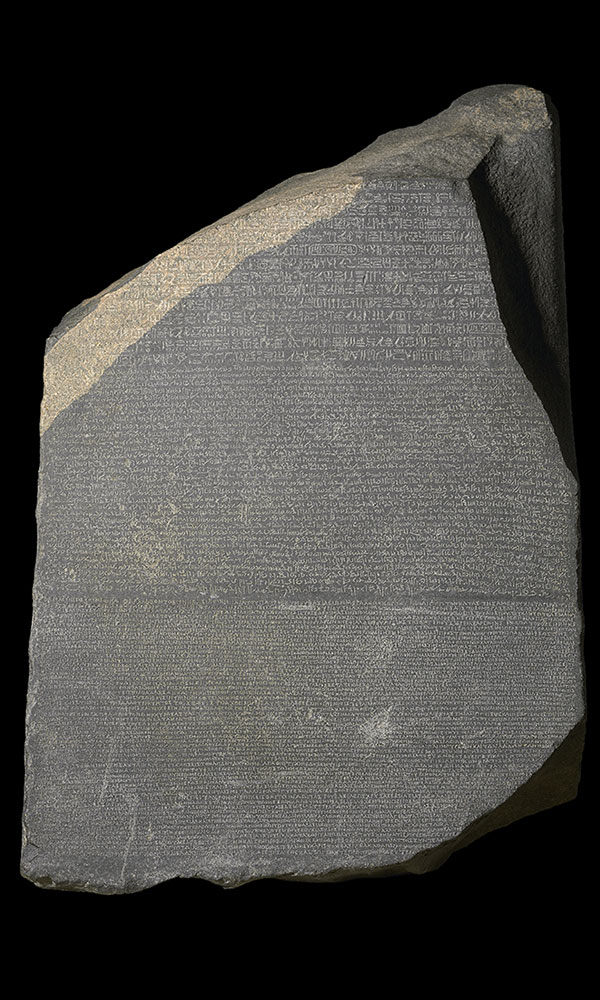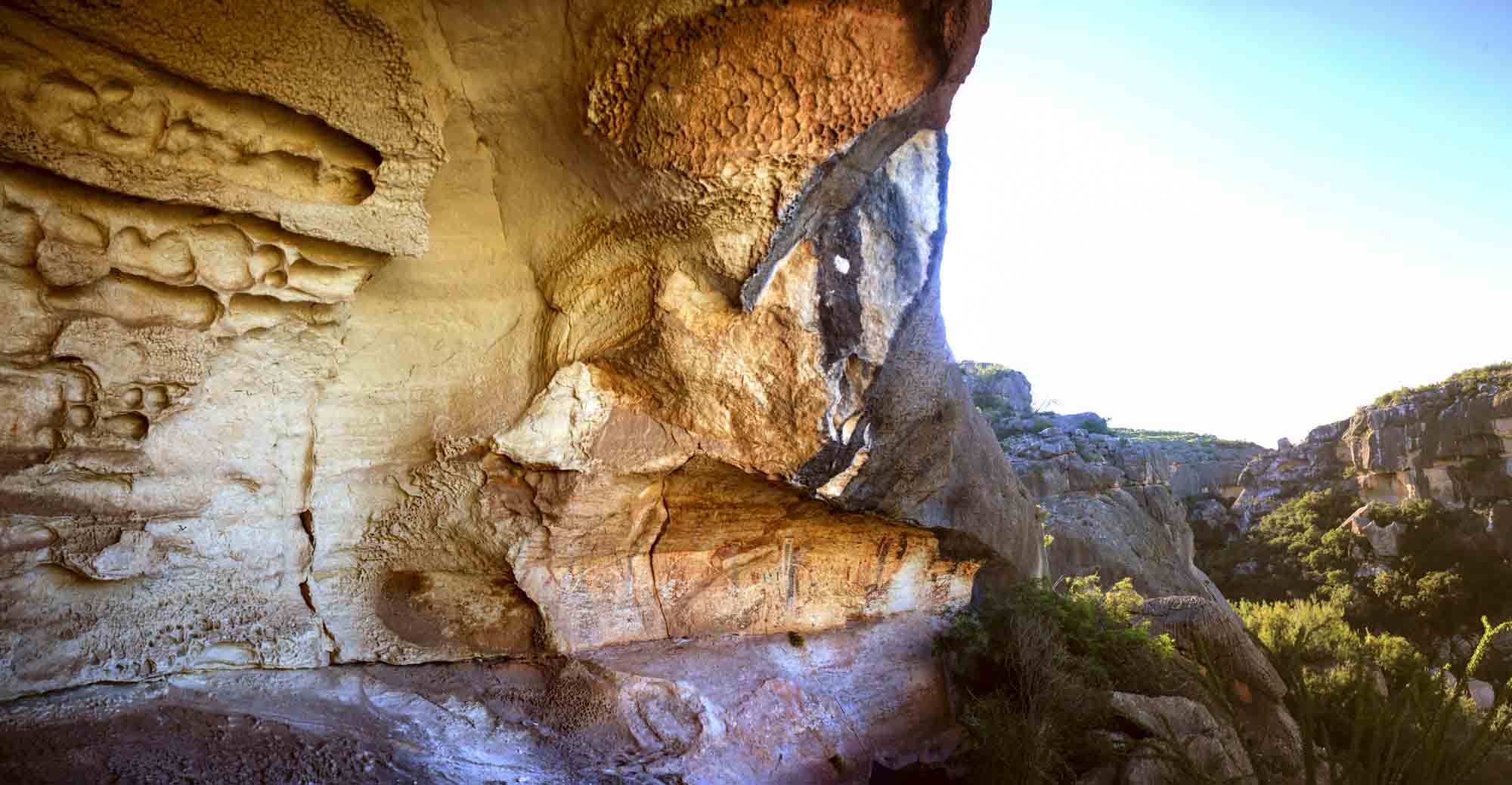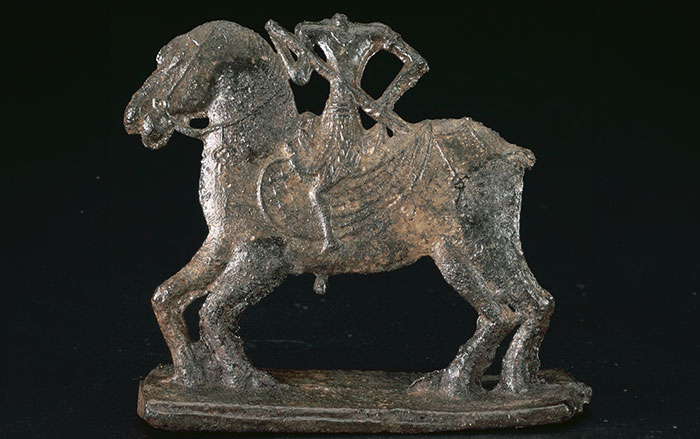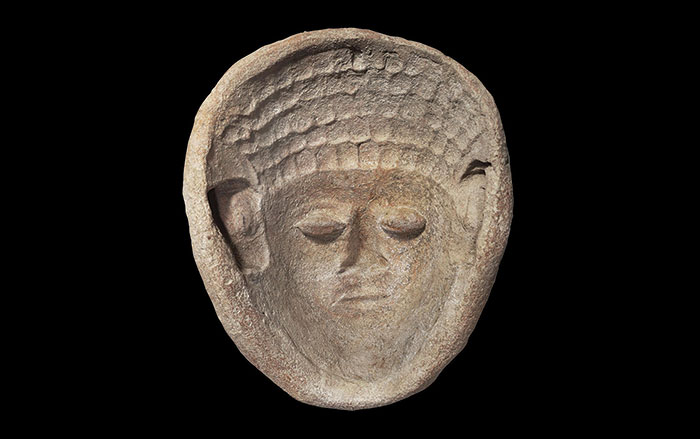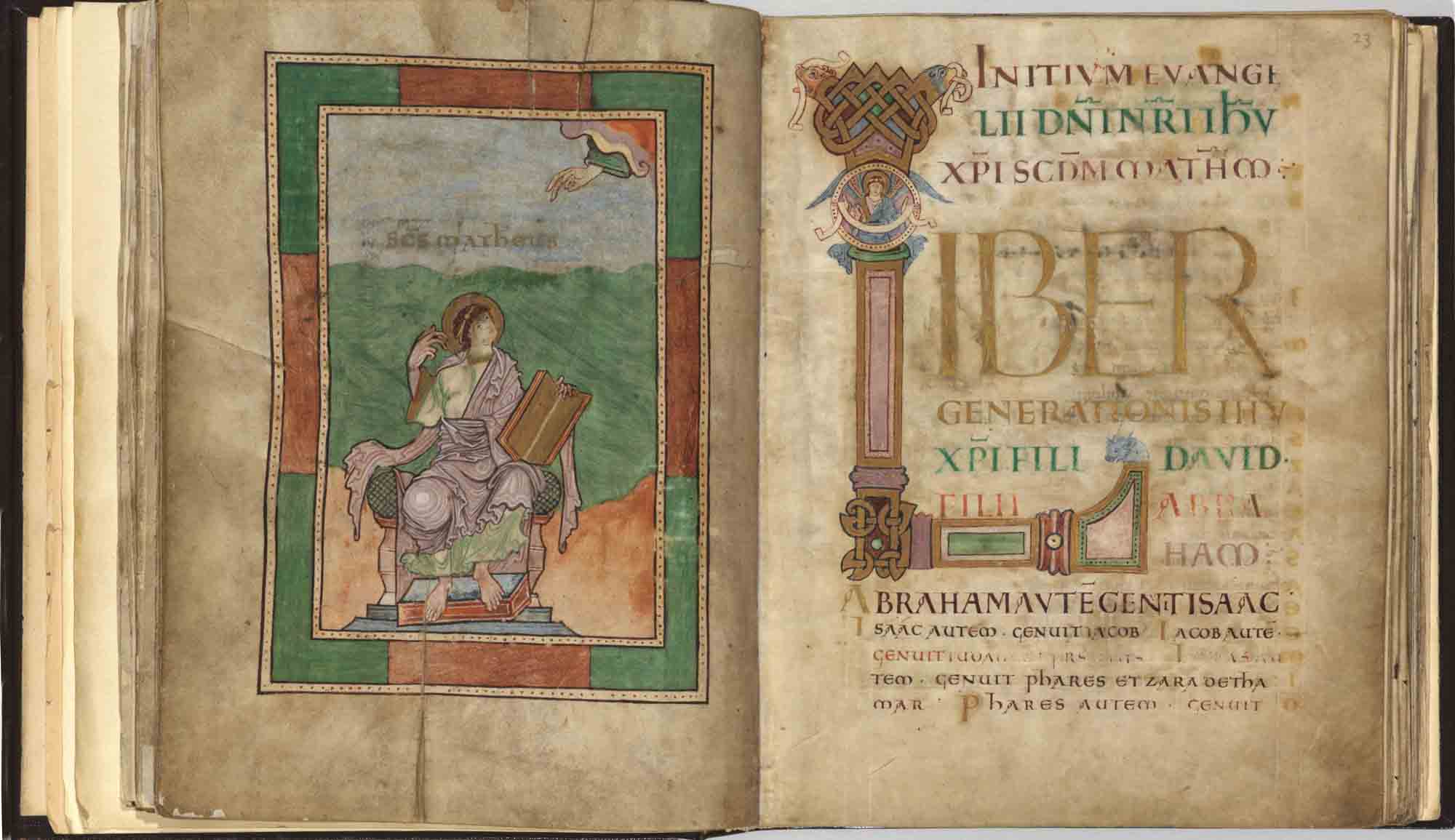
FAIRBANKS, ALASKA—According to a New York Times report, an international team of scientists has mapped the genome of a six-week-old infant girl who is thought to have belonged to a previously unknown human lineage, dubbed the Ancient Beringians. Her 11,500-year-old remains were discovered at the Upward Sun River archaeological site in central Alaska by Ben A. Potter of the University of Alaska, under the remains of a three-year-old that had been cremated in a hearth. The scientists were not able to recover DNA from these bones, however. The remains of two infants were found in the hearth itself. One set of remains yielded the genome mapped in the new study; only fragments of DNA were recovered from the remains of the other child. While mitochondrial DNA found in each of the infants has been found in living Native Americans, the study suggests the people who lived at Upward Sun River split from the ancestors of the two other known groups of Native Americans some 20,000 years ago. The study also supports the idea that people lingered in Beringia for thousands of years before crossing into North America. To read in-depth about early inhabitants of the Americas, go to “America, in the Beginning.”


